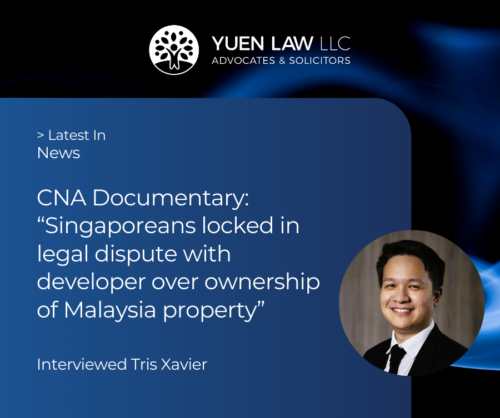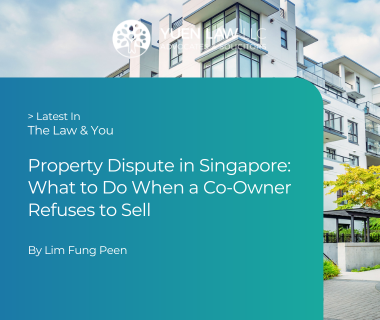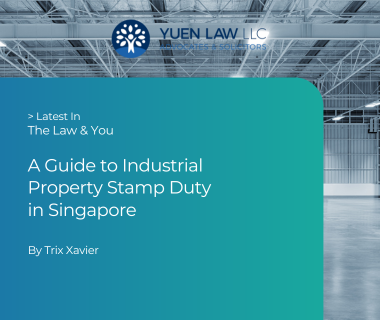With resilient property prices and the recent increase in Additional Buyer’s Stamp Duty (ABSD), more couples are exploring decoupling. While it may sound like a simple exercise of removing one party off a title deed, the legal and financial implications require careful consideration.
What is Decoupling?
“Decoupling” refers to the process of removing one co-owner’s name from the title of a private residential property. This allows the removed party to be treated as a buyer purchasing his first residential property without incurring ABSD. The current ABSD rates for purchasing a second residential property are:
- 20% for Singaporeans;
- 30% for Permanent Residents;
- 60% for Foreigners, regardless of whether they are buying their first or second residential property.
Is Decoupling Allowed for HDB?
Decoupling can only be done for private properties. Following policy changes in 2016, the Housing Development Board (“HDB”) disallows the transfer of ownership of HDB flat between spouses (ie. one spouse withdrawing ownership to become an essential occupier) unless there are extenuating circumstances such as a demise or divorce. In such cases, parties may apply to change flat ownership (not through a sale) by submitting an application through the HDB website.

Key Considerations When Decoupling a Property
Decoupling is not a specific legal process / term of art. There are two main ways to decouple a property.
1. Transfer of Property by Way of Gift
This involves one co-owner transferring their share of the property to the other party as a gift, i.e., for no money changing hands between parties.
No Outstanding Mortgage
The property must be unencumbered before a gift or transfer of interest can take place, i.e., there is no loan or mortgage. If there is an existing home loan, the bank holds a legal charge over the property as security. In such cases, the loan must be fully repaid and the charge discharged before the transfer can proceed where the bank gives approval.
Discharge of Central Provident Fund (“CPF”) Charge
If CPF funds were used to purchase the property, a CPF charge would have been lodged in favour of the CPF Board. Before the property can be gifted, this charge must be discharged. This requires the seller to refund the principal amount used, along with accrued interest, back into their CPF account, unless CPF Board specifically waives such requirement. Legal assistance is needed to prepare and submit the necessary documents to the Singapore Land Authority to lift the CPF charge.
The refund and discharge process typically takes 1 to 2 weeks from the completion of the decoupling, after which the seller’s spouse can use their CPF funds to purchase a new property.
Stamp Duties on Gifts
Even when the property interest is transferred as a gift, stamp duty still applies. Many clients mistakenly think no stamp duty is payable because no money changes hands during a gift. In the eyes of the law, Buyer’s Stamp Duty (BSD) and, where applicable, Seller’s Stamp Duty (SSD) will still be payable as it is a transfer of property, and stamp duty is a tax on the transfer.
BSD is calculated based on the market value of the share being transferred, or the agreed purchase price, whichever is higher. If the buyer owns more than one residential property, the transaction will also be subject to ABSD. A professional valuation should be obtained to determine the current market value of the property interest being transferred.
SSD may also apply if the property is being transferred within the applicable holding period. The holding periods are:
- 3 years for properties purchased between 11 March 2017 and 3 July 2025;
- 4 years for properties purchased on or after 4 July 2025.
Difficulty in Selling the Property within 3 Years from Date of Gift
If the gifting party is declared bankrupt within 3 years of making the gift, the trustee in bankruptcy has the power to void the transaction and claw back the property. This creates uncertainty during the 3-year period, it may be difficult to sell the property or obtain an equity loan, as potential buyers may be unable to take up a loan as banks are unlikely to lend given that the gift could be set aside.
Manner of Holding
A common question we receive is whether the property must be held as tenants-in-common for one co-owner to gift their interest to the other, or if joint tenancy must be severed before the transfer can take place. The short answer is no. Even if the property is held under joint tenancy, it is still possible for both parties to transfer their interest to one co-owner. In such cases, the joint owners are treated as the transferor, and the remaining owner is treated as the transferee for stamp duty purposes. The stamp duty payable on any transfer is based on the share being transferred, regardless of how the property is held.
Note:
Properties may be held either as joint tenants or as tenants-in-common. Joint tenancy implies co-ownership, where both parties are considered to own the entire property together (100% each). In contrast, tenancy-in-common allows each owner to hold a defined share of the property, such as 50-50%, and these shares can be equal or unequal.
2. Part-sale of Property
This involves one party selling their share of the property to the other at market value.
Financing a Part-Sale Between Co-Owners
If the property is still under mortgage, the transfer cannot be made by way of a gift. In such cases, the transfer must be structured as a part-sale, supported by a formal Option to Purchase or Sale and Purchase Agreement. The legal process is similar to a typical property sale to a third party.
This structure allows the spouse taking over the property to apply for a housing loan in their own name to finance the purchase of the outgoing party’s share.
The buyer should also prepare the cash consideration required for part-purchase. If the seller or buyer is made a bankrupt within 3 years, the sale may be scrutinised by the official assignee, to ensure that it was a genuine sale at fair market value, and not an attempt to defraud creditors.
Stamp Duties on Part-Sale
Stamp duties apply to the portion of the property being transferred in a part-sale. This includes Buyer’s Stamp Duty (BSD) and, where applicable, Additional Buyer’s Stamp Duty (ABSD) and Seller’s Stamp Duty (SSD).
Stamp Duty is calculated based on the market value of the share being transferred, not the agreed purchase price.
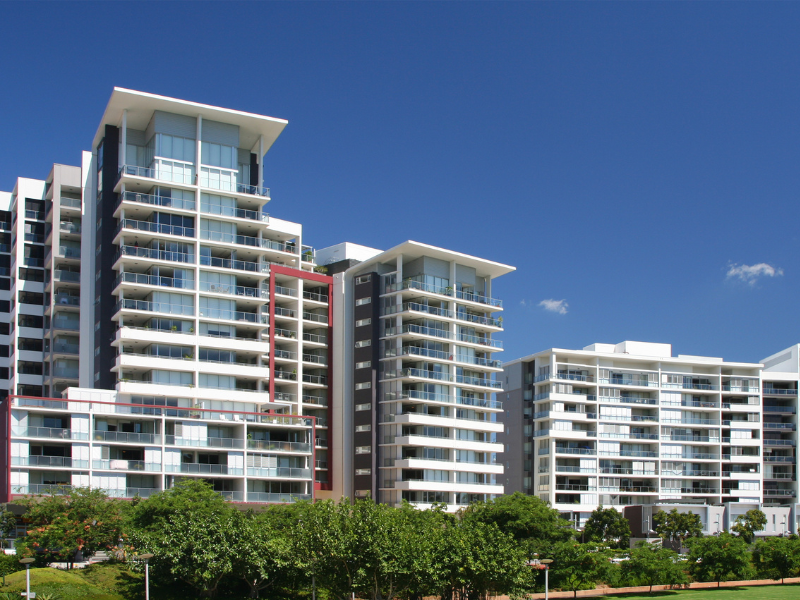
Decoupling Timeline & Execution
Decoupling typically takes around 2 to 3 months if there is an existing bank loan, or if the remaining party intends to take a new bank loan. During this time, legal counsel will prepare the SPA, coordinate with the mortgagee bank, and handle stamp duty filings.
If there is no bank loan or CPF charge involved, the decoupling process can be as quick as 2 to 4 weeks.
Costs of Decoupling Property
Decoupling can be a significant undertaking. Couples should factor in the following costs when planning to decouple:
- Buyer Stamp Duty;
- Additional Buyer Stamp Duty (if applicable);
- Seller Stamp Duty (if applicable);
- Early Mortgage Redemption (if applicable);
- Refund of CPF (if applicable);
- Legal fees.
Couples looking to decouple should typically budget around $3,000 to $6,000 in legal fees. The fees depend on whether a new loan is to be taken, whether CPF was utilised, and whether the property is a private condominium or landed property.
Is the 99-to-1 Scheme Still Allowed?
Some couples buy private properties as tenants in common, holding unequal shares—for example, a 99-to-1 ownership split. This structure is sometimes used in decoupling, where the owner of the 1% share later transfers it to the other owner. Since stamp duty is calculated based on the share being transferred, this results in lower duty compared to transferring a 50% share.
While such arrangements are not illegal, the timing and intent behind the transfer are key.
Example
If the 1% owner transferred their share to the 99% co-owner but had a side arrangement to remain a beneficial owner, they could be deemed to have evaded tax by falsely declaring their ownership interest.
If that same person, then purchased another residential property without paying ABSD, while still being a beneficial owner of the first property, they may be accused of decoupling to mislead IRAS.
In May 2024, IRAS announced a clawback of about $60 million in stamp duties from buyers who had misused the 99-to-1 structure to avoid paying ABSD.
IRAS has flagged certain 99-to-1 arrangements as potential attempts at tax avoidance.
A specific scenario IRAS is looking at:
- One person buys the property in their sole name;
- Shortly after exercising the Option to Purchase, they sell a 1% share to another person;
- This allows the buyer (who already owns another property) to pay ABSD only on the 1% share, rather than 100% share.
IRAS considers this a form of tax avoidance, as the arrangement is artificial, contrived, or has little, or no commercial substance, and is designed to obtain a tax advantage not intended by Parliament. Where such intent is found, it can:
- Recover the full ABSD based on actual beneficial ownership;
- Impose a 50% surcharge on the underpaid duty; and
- Impose penalties of up to four times the unpaid amount if payment is not made by the deadline.
Is Decoupling Worth It?
The decision to decouple depends on your holding period and whether you plan to retain beneficial ownership of the property.
Couples should also consider commercial implications of decoupling, as it may affect liquidity. If the process involves a gift, selling or securing a loan against the property may be difficult for up to three years, which can limit access to funds tied up in the property. If decoupling is done through a part sale, cash consideration will need to be budgeted for.
For a personalised assessment of whether decoupling is right for you, contact our Real Estate team today.

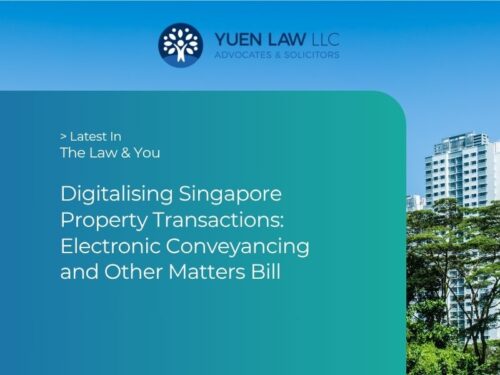
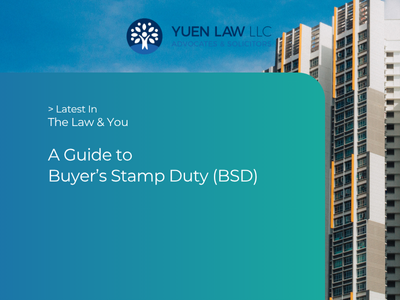
![Yuen Law Acts for Successful Applicant to Order Sale of Co-Owned Property, Sin Chiau Soon v Aitken Robert Bond [2025] SGHC 94 H2](https://yuenlaw.com.sg/wp-content/uploads/2025/06/Yuen-Law-News-Yuen-Law-Acts-for-Successful-Applicant-to-Order-Sale-of-Co-Owned-Property-1-500x375.png)
